Autopilot cars, built-in safety features, flat panel display (FPD) links, engine start-stop systems and more design ideas will be adopted by cars in the near future, and these features will further enhance people's driving and entertainment experiences. And beyond the most fanatical dream of Henry Ford.
This article refers to the address: http://
Not long ago, I met two savvy and visionary TI automotive employees who discussed their future in the fast-growing automotive electronics arena. Sonya Terry of the global automotive communications department introduced me to Fern Yoon, Automotive Solutions Marketing Manager, where we had a very informative and creative talk. The FPD link is a central topic of our recent development discussions.
Why is the FPD link?
This link enables high-speed video, audio and data transmission throughout the vehicle, as shown in Figure 1.
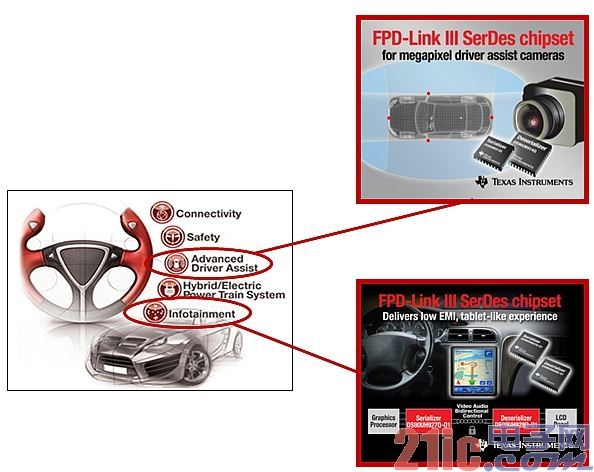
Figure 1: The FPD link has excellent prospects in the new automotive electronics architecture.
The power and data of the display interface and camera interface can benefit from a pair of twisted pairs using FPD link technology, as shown in Figure 2.
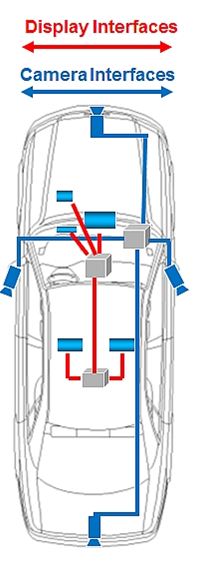
Figure 2: Display interface and camera interface are easily implemented using FPD link technology.
Evolution of FPD links
FPD technology has evolved from FPD-Link I through FPD-Link II to the current FPD-Link III, see Figure 3.

Figure 3: Evolution of FPD-Link technology.
FPD-Link I first brought "from more to less"; that is, using 8 lines to achieve 3 or 4 data lines + 1 clock. The cable is approximately 3 meters long and can improve EMI performance through earlier/traditional cabling systems.
FPD-Link II brings "all-in-one"; now it supports 2 signal lines plus control lines at speeds up to 1.8Gbps. The cable length is extended to 10 meters and the weight is lighter. This cable has no ground current and meets AEC-Q100 and ISO 10605 standards.
We are currently using the latest FPD-Link III, which can "implement more functions on one line"; only two lines can support speeds up to 3Gbps, and embedded control channels. High-bandwidth Digital Content Protection (HDCP) is an optional feature, and adaptive quantization further enhances high-speed data capabilities by compensating for cable types, lengths, aging and environmental conditions by improving the “eye diagram†and adding additional power transfer. benefit. Again, this technology meets standards such as AEC-Q100 and ISO 10605.
Therefore, the FPD-Link III can realize video bidirectional control (using I2C controller interface) and power transmission function on a pair of twisted pair or a coaxial cable. FPD-Link III supports a variety of interface options such as RGB, YUV, OpenLDI (FPD-Link), MIPI CSI-2 and HDMI.
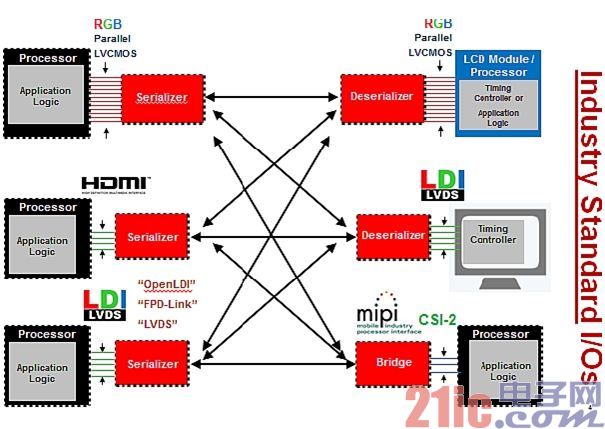
Figure 4: The FPD-Link III solution can be fully implemented when there are multiple system interface options.
Display interface
The FPD-Link III has a 720p display solution using the TI DS90UH/B927/928, as shown in Figure 5.
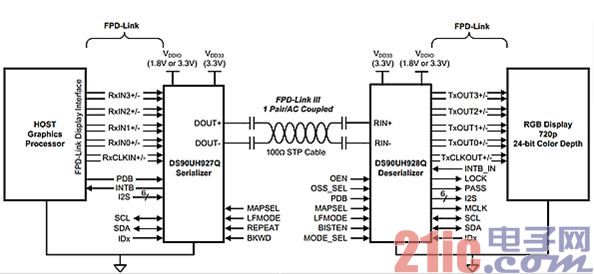
Figure 5: The FPD-Link II provides a very low EMI and tablet-like experience.
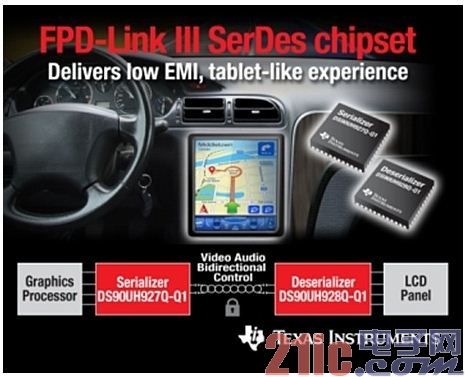
Figure 6: The FPD-Link III provides a car display that is close to the tablet on the control dashboard.
Megapixel camera
There is also an FPD-Link III SERDES chipset developed for megapixel driver-assisted camera applications, as shown in Figures 7 and 8.

Figure 7: By using the SERDES chipset, the driver's aid camera can be placed in many areas without the need for bulky cables, greatly reducing the number of copper wires required.
What kind of transport protocol is used? Information will be transmitted to the CPU through various standards, as shown in Figure 8.

Figure 8: In the Advanced Driver Assistance System (ADAS) shown in the figure, the bidirectional control cable using the SERDES design DS90UB914A-Q1 does simplify cable transmission.
Fern Yoon tells us that we should pay attention to IEEE's work on next-generation Ethernet. The next step may be to simplify the car cable protocol.
Self-driving cars are the ultimate product of development.
Sensor fusion box 2 with camera input and other inputs.
Subsequent discussions have convinced us that there will be only one sensor fusion box center in the future for detection and control.
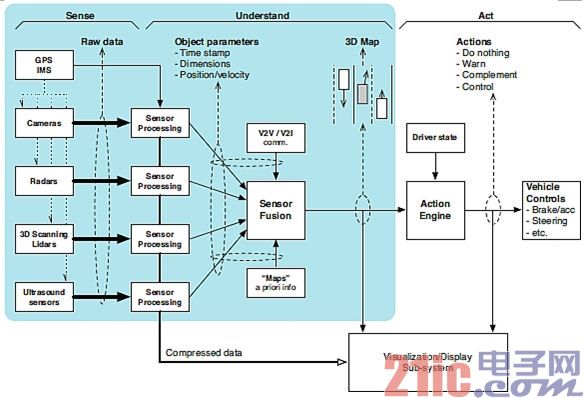
Figure 9: Functional introduction of the data flow in the detection and control system of autonomous vehicles. (Image from reference 2)
Motor and Torque Sensor 1
Fern Yoon also discussed with us the importance of finally sending commands to automotive mechanical parts such as electric motors and torque sensors.
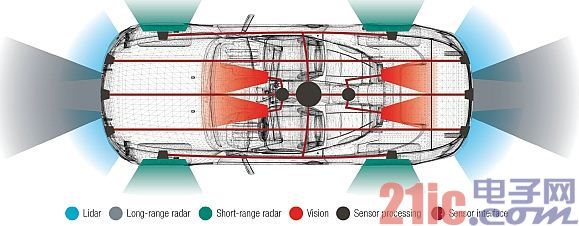
Figure 10: In future autonomous vehicles, sensor processing will occur throughout the vehicle's peripherals in order to send signals and commands to the mechanical components of the car (picture from Reference 2).
Wireless is the ultimate step in data transmission
We discussed the fact that wireless will be the ultimate step in the evolution of automotive electronics – no line is better than some lines. Wireless applications will eventually eliminate cables and reduce the weight and cost of the car. Low Energy Bluetooth (BLE) has taken an important step in this direction.
48V circuit board on electric car
Our final discussion focused on electric vehicles' electric energy, LiFeP04 batteries (generally 16-cell series, total nominal voltage is 51.2V, balanced voltage is 3.6V), and better balance on future battery management boards. High current in large capacity batteries. TI's battery management team, many of whom are from the 1999 Unitrode and Benchmarq acquisition team in Manchester, New Hampshire, certainly have a wealth of experience and track record in battery protection and balancing innovation. I think this team will provide more new and exciting solutions in the near future.
Hybrid Solar Inverter,Hybrid Inverter System,Electricity Hybrid Solar Inverter,Hybrid Off Grid Solar Inverter
GuangZhou HanFong New Energy Technology Co. , Ltd. , https://www.gzinverter.com
